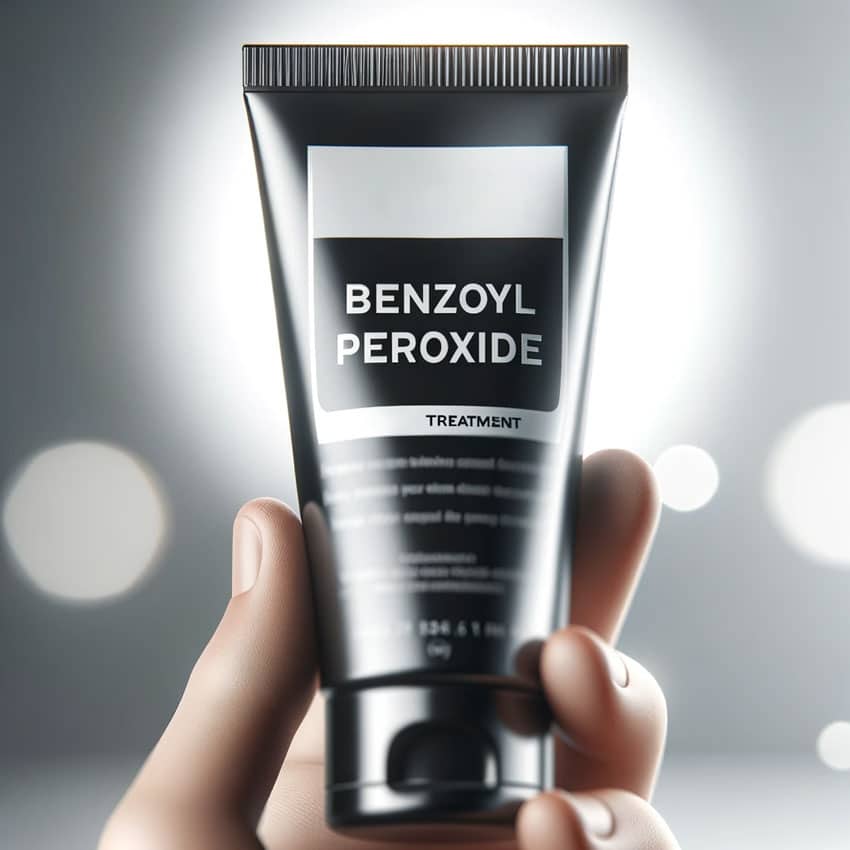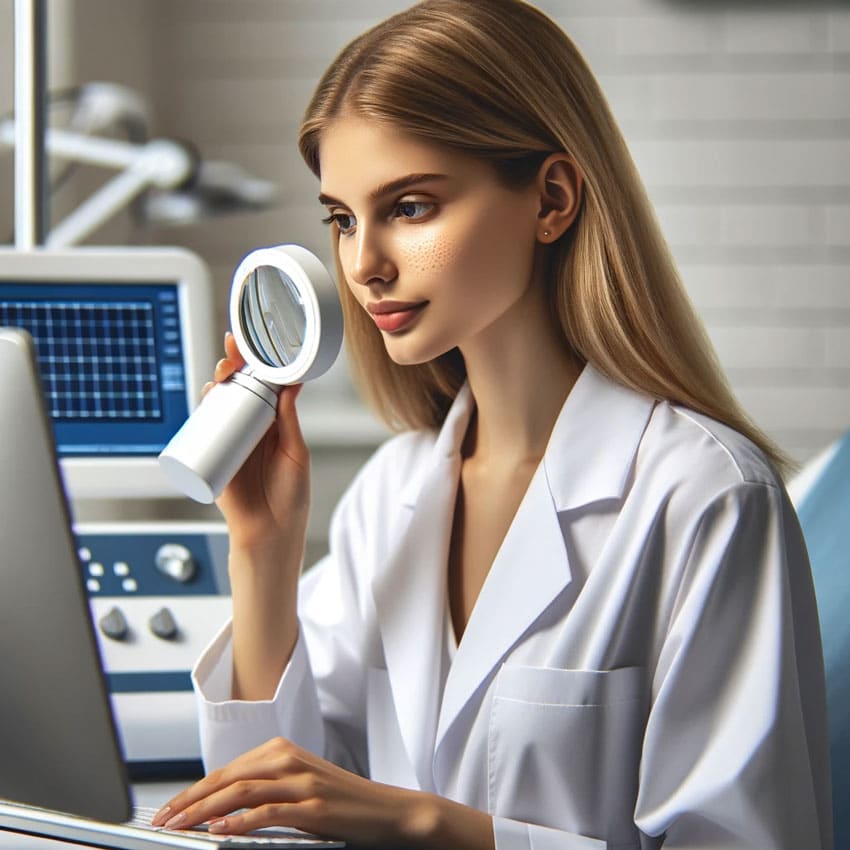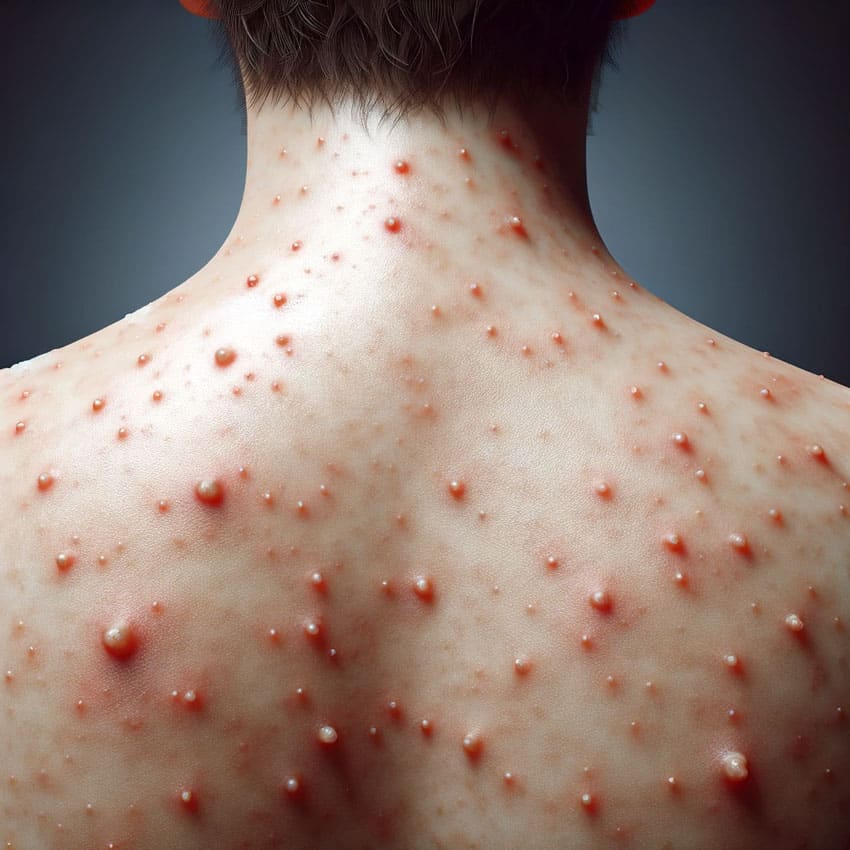Body acne can be a frustrating and embarrassing skin condition that affects many people. It can occur on the back, chest, shoulders, and even the buttocks, making it difficult to treat and manage.
Fortunately, there are several effective strategies for getting rid of body acne and preventing future breakouts.
Understanding Body Acne
Body acne is a common skin condition that affects many people, and it can be frustrating to deal with. Body acne can occur on the back, chest, neck, shoulders, and scalp, and it can be caused by a variety of factors. In this section, we will discuss the causes and symptoms of body acne.
Causes of Body Acne
Body acne is caused by a combination of factors, including hormones, oil production, dead skin cells, bacteria, and inflammation. When the hair follicles become clogged with oil and dead skin cells, it creates an environment where bacteria can thrive, leading to acne.
Some people are more prone to body acne than others due to genetic predisposition.
Other factors that can contribute to body acne include stress levels, sleeping patterns, weight, drug and alcohol consumption, and menstrual cycle regularity. Certain medications and supplements can also cause acne as a side effect.
Symptoms of Body Acne
Body acne can present in different ways, depending on the severity and type of acne. The most common types of body acne are acne vulgaris and folliculitis.
Acne vulgaris is characterized by comedones (blackheads and whiteheads), papules, pustules, and nodules. It can be inflammatory or non-inflammatory, and it can leave scars.
Folliculitis is an infection of the hair follicles, which can cause small, red bumps that may be itchy or painful. It can be caused by bacteria, yeast, or fungi.
Preventing Body Acne
Body acne can be prevented by making certain lifestyle changes and considering dietary considerations. Here are some tips to help prevent body acne:
Lifestyle Changes
- Shower regularly: Showering after sweating or exercising can help prevent acne. Use a gentle, non-comedogenic body wash to cleanse the skin.
- Wear loose clothing: Tight clothing can cause friction and trap sweat, which can lead to acne. Wear loose, breathable clothing to prevent this.
- Avoid backpacks and helmets: Backpacks and helmets can trap sweat and dirt against the skin, leading to acne. If possible, avoid wearing them for long periods of time.
- Use non-comedogenic sunscreen: Sunscreen can clog pores and cause acne. Use a non-comedogenic sunscreen to prevent this.
- Avoid touching the skin: Touching the skin can transfer dirt and oil to the skin, leading to acne. Avoid touching the skin as much as possible.

Dietary Considerations
- Cut back on sugar and dairy: Sugar and dairy can cause inflammation in the body, which can lead to acne. Cutting back on these foods can help prevent acne.
- Reduce stress: Stress can cause hormonal changes in the body, which can lead to acne. Reducing stress through exercise, meditation, or other methods can help prevent acne.
- Use non-comedogenic hair products: Hair products can transfer to the skin and cause acne. Use non-comedogenic hair products to prevent this.
- Keep hair off the face and back: Hair can transfer oil and dirt to the skin, leading to acne. Keep hair off the face and back as much as possible.
- Moisturize dry skin: Dry skin can lead to acne. Use a non-comedogenic moisturizer to keep the skin hydrated and prevent acne.
- Avoid oily skin products: Oily skin products can clog pores and cause acne. Use non-comedogenic products to prevent this.

Over-The-Counter Treatments
For mild to moderate body acne, over-the-counter treatments can be effective in clearing up breakouts. The following topical treatments, cleansers, and lotions can be found at most drugstores and are often the first line of defense against body acne.
Topical Treatments
Topical treatments containing salicylic acid, benzoyl peroxide, glycolic acid, alpha hydroxy acid, retinoids, azelaic acid, zinc, or tea tree oil can be effective in treating body acne.
Salicylic acid and benzoyl peroxide are the most common ingredients found in over-the-counter acne products. Salicylic acid works by exfoliating the skin and unclogging pores, while benzoyl peroxide kills the bacteria responsible for acne breakouts.
Glycolic acid and alpha hydroxy acid are exfoliating agents that help remove dead skin cells and calm inflamed skin.
Retinoids, such as Retin-A, work by reducing oil production and increasing cell turnover to prevent clogged pores. Azelaic acid is a natural acid that helps to unclog pores and reduce inflammation.
Meanwhile, zinc can help to reduce oil production and inflammation, while tea tree oil has antimicrobial properties that can kill acne-causing bacteria.

Cleansers and Lotions
Cleansers and lotions containing salicylic acid, benzoyl peroxide, or glycolic acid can be effective in treating body acne. Cleansers work by removing dirt, oil, and sweat from the skin, while lotions help to moisturize and soothe the skin.
It is important to choose a cleanser or lotion that is specifically formulated for the body, as facial products may be too harsh and can cause irritation.
When using over-the-counter treatments for body acne, it is important to follow the instructions carefully and to be patient. It may take several weeks to see results, and it is important to continue using the product even after the acne has cleared up to prevent future breakouts. If over-the-counter treatments fail to bring relief, a dermatologist can prescribe oral or topical medications.
Medical Treatments
Body acne can be stubborn and difficult to treat with over-the-counter products alone. In some cases, medical treatments may be necessary to effectively clear up the skin. A dermatologist can help determine the best course of treatment based on the severity of the acne and the individual’s skin type.
Prescription Medications
Prescription medications for body acne typically fall into two categories: oral antibiotics and retinoids.
Oral antibiotics work by reducing inflammation and killing acne-causing bacteria. Retinoids, on the other hand, work by unclogging pores and reducing oil production.
Isotretinoin, a powerful retinoid, is sometimes prescribed for severe cases of body acne. However, it comes with potential side effects and requires close monitoring by a dermatologist.

Dermatological Procedures
In addition to prescription medications, dermatologists may recommend certain procedures to treat body acne.
One common procedure is a chemical peel, which involves applying a solution to the skin to exfoliate and unclog pores. Another option is light therapy, which uses different types of light to kill bacteria and reduce inflammation.
It’s important to note that these procedures should only be performed by a licensed dermatologist. They can be expensive and may require multiple sessions for optimal results.
Dealing with Scars and Marks
Body acne can often leave behind scars and marks, which can be frustrating and take a toll on one’s self-esteem. However, there are several treatments available that can help reduce the appearance of scars and marks.
Scar Treatments
Dermabrasion is a procedure that involves removing the top layer of skin with a rapidly rotating brush or other device. This treatment is usually reserved for more severe scarring, but it can be effective in reducing the appearance of scars. However, potentially severe side effects include scarring and changes in skin color.
Chemical peels are another option for treating scars. This treatment involves applying a chemical solution to the skin, which causes the top layer of the skin to peel off. This can help reduce the appearance of scars, but it may also cause redness, swelling, and irritation.
Laser therapy is a non-invasive treatment that uses targeted beams of light to reduce the appearance of scars. This treatment can be effective in reducing the appearance of scars, but it can also cause redness and swelling.
Removing Dark Spots
Dark spots, also known as hyperpigmentation, can be caused by acne and can be just as frustrating as the acne itself. There are several treatments available that can help reduce the appearance of dark spots.
Topical creams that contain ingredients like hydroquinone, retinoids, and vitamin C can be effective in reducing the appearance of dark spots. These creams work by lightening the skin and reducing the production of melanin.
Microdermabrasion is a non-invasive treatment that uses a special device to exfoliate the skin and remove dead skin cells. This can help reduce the appearance of dark spots and improve the overall texture of the skin.
Chemical peels can also be effective in reducing the appearance of dark spots. This treatment works by removing the top layer of skin, which can help reduce the appearance of dark spots

